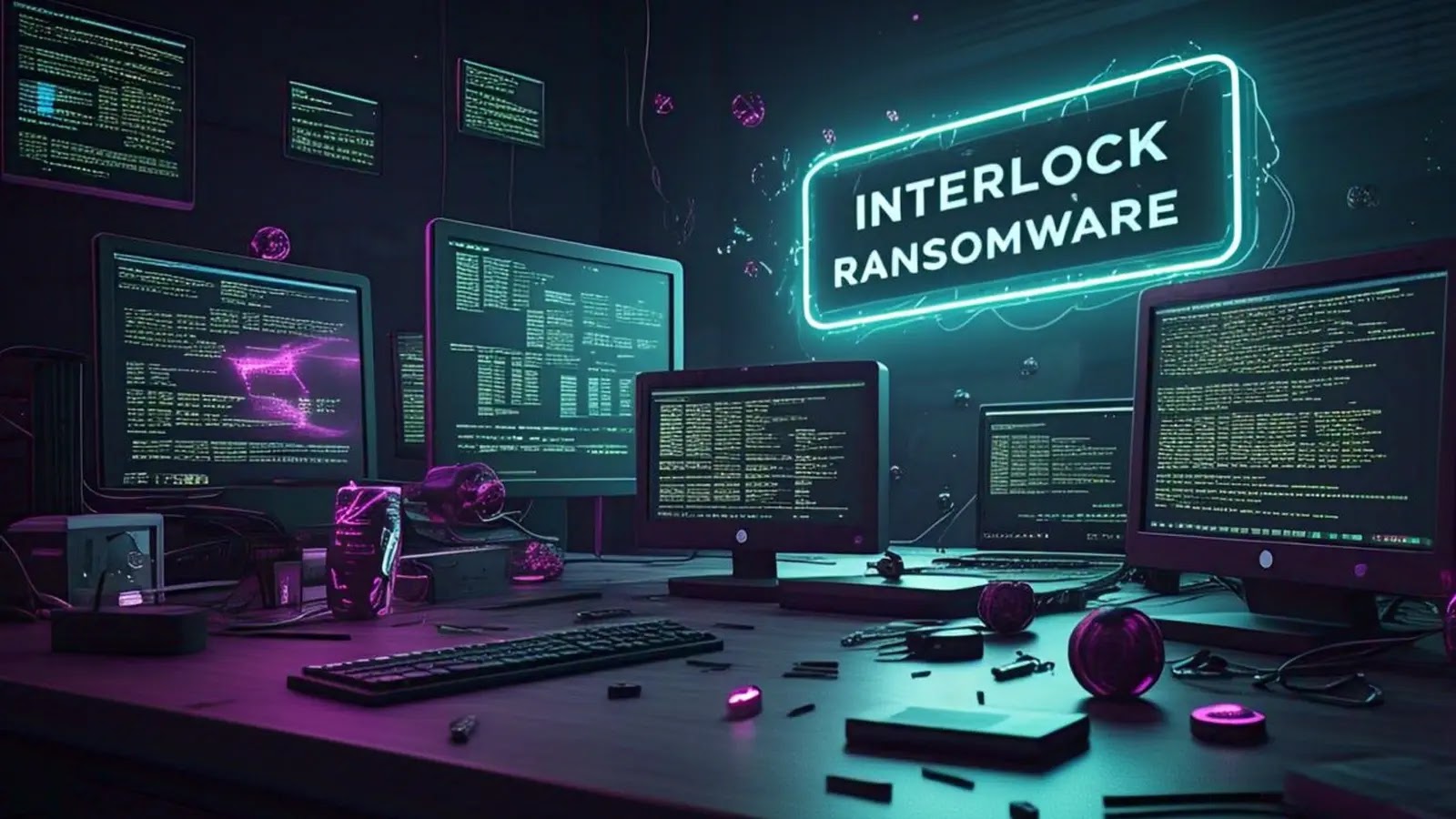.png
)
.webp)
.webp)
Overview of Interlock Ransomware Tactics
Since its emergence in September 2024, the sophisticated ransomware known as Interlock has been expanding its reach through a multi-stage attack chain. Cybersecurity experts have pinpointed its primary tactic: compromising legitimate websites to push fake browser updates.
Targeting Strategies and Impact
Interlock does not discriminate by industry but has impacted numerous sectors across North America and Europe. Despite relatively fewer victims, its presence remains significant in the cybersecurity landscape.
Distinguishing Features
Unlike typical Ransomware-as-a-Service (RaaS) schemes, Interlock operates independently without recruiting affiliates. They maintain a “Worldwide Secrets Blog” for data leaks and negotiations, further underscoring their distinct operational model.
Sophisticated Attack Techniques
Interlock has evolved to include not only advanced toolsets like ClickFix for deploying payloads but also LummaStealer and BerserkStealer to maximize data theft. This indicates a significant upgrade in their technical capabilities over time.
- The initial infection vector capitalizes on social engineering, fooling victims into installing fraudulent browser updates disguised as legitimate software.
- These deceptive updaters, built with PyInstaller, execute a real browser installer in tandem with a malicious PowerShell script running a backdoor.
Elaborate Infection Chain Details
The backdoor collects detailed system information which is encrypted, compressed, and sent to the command and control (C2) servers. Over time, versions have evolved from basic scripts to more sophisticated tools that ensure persistence and remote control capabilities.
Resilient Command and Control Infrastructure
Interlock’s C2 servers are robust, strategically using Cloudflare and a diverse array of hosting providers to avoid detection and ensure continuity of operations.
Tactical Shifts in 2025
Recently, Interlock shifted tactics from browser updates to exploiting security software updaters, suggesting continuous enhancement of their deceptive methods to stay ahead of cybersecurity defenses.
Conclusion: Continuous Adaptation is Key
This overview underscores the critical need for vigilance and continuous adaptation in cybersecurity strategies to counter evolving threats like Interlock Ransomware.
Related: Critical Windows Task Scheduler Flaws: How Admin-Level Command Execution Is Possible
Last Updated: April 16, 2025




